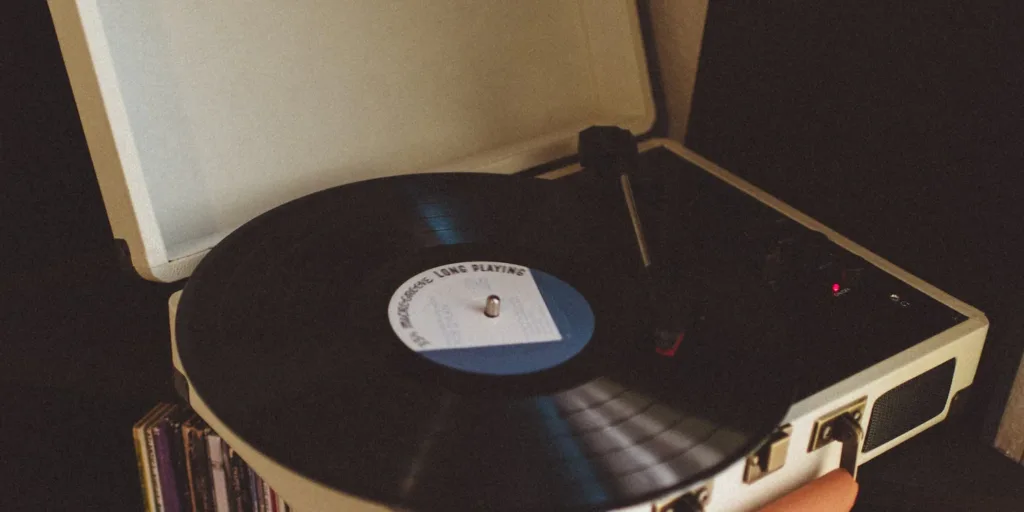Product Design is Evolving—Don’t Get Left Behind
The world of product design is constantly changing. As technology advances, so do consumers’ lives. This presents an ever-diverse landscape for product designers to contend with.
In order to continue creating the best products, designers have to stay up-to-date with the latest product design trends and prepare themselves for what’s to come in the future.
In this article, you uncover some of the hottest 2023 product design trends and discuss what’s to come beyond this year.
Sustainability
66% of people consider sustainability when purchasing a product. Interestingly, younger generations are even more aware of their impact on the environment, with 75% of millennials thinking about sustainable purchases.
As younger consumers enter the marketplace and sustainability becomes even more important, designers must put it on top of the list of the latest product design trends.
If you’re not considering the environmental impact of your product, packaging, and processes – now is the time to start before you get left behind.
Examples of Sustainable Product Design
If designers can master emotional design, they’ll be able to forge stronger connections with consumers and build brand loyalty.
Emotional Design
Did you know that 70% of consumers make emotional buying decisions? Therefore, emotional design is one of the latest design trends that can’t be ignored.
Emotional design is the process of creating products that not only function well but connect emotionally with users.
If product designers can master emotional design, they’ll be able to forge stronger connections with consumers and build brand loyalty.
Emotional Product Design Example

The Crosley Cruiser Portable Turntable nails emotional design. Its retro look inspires incredible nostalgia and a sense of fun. It takes people of a certain age back to their youth while tapping into the booming vinyl culture.
Adaptive & Inclusive Design
Inclusivity is an important and hot topic on the lips of people globally, and it’s sure to appear in any list of the latest and future product design trends.
Essentially, adaptive and inclusive design aims to broaden target audiences for a product, enabling people of all abilities from all walks of life to use them.
Adaptive & Inclusive Design Examples
Lego has pivoted towards inclusivity and diversity with a relaunch of its Friends range. With a range of characters and sets now, including representation from the LGTQ+ community, characters with disabilities, and much more.
Another example that shows adaptivity is a product design trend that can’t be ignored is the Microsoft Xbox Adaptive Controller. The controller is essentially a central hub that can easily be modified and configured to allow anyone with disabilities to the game to the same level as someone using a traditional controller.
Minimalism
A product design trend that has been around for a while is minimalism. Well, we can assure you it’s here to stay. Life is chaotic for many people, we’re always busy, and there’s not enough time in the day. Minimalism helps counteract this by giving users simple and streamlined experiences with products that are visually appealing and easy to use.
Minimalist Product Design Examples
Apple is minimalist design royalty. The iPhone and Mac product ranges are feature-rich and packed with technology, yet their design is sleek, minimal, and aesthetic.
Fitbit pioneered minimalism in wearable fitness tech. The unobtrusive wristbands provided users with an easy way to track their daily activities while seamlessly appearing as an everyday accessory.
Virtual & Augmented Reality Design
Once upon a time, virtual and augmented reality felt like a fad or something that wouldn’t have a meaningful impact for years. Well, the time has come for it to become mainstream.
Products and services that incorporate virtual or augmented reality provide users with the immersive experiences they crave while enabling them to make more informed purchasing decisions.
Augmented & Virtual Reality Product Design Example
Ikea’s AR app empowers customers to visualize any Ikea item in their homes. This experience makes users more confident in their purchases and improves customer satisfaction. Additionally, it could have a positive impact by reducing the number of products returned to Ikea.
Conclusion
So, there you have it, a list of the latest product design trends you need to be prepared for in 2023 and beyond.
What designers must remember is to always put the customer first. You are designing products for people to buy, so it’s important to tap into their values, wants, and needs.
Some key takeaways and our top product design tips for you are:
- Sustainability is an important value for society.
- People need minimalist products because they’re aesthetic and easy to use.
- Adaptability and inclusivity in society are more prevalent than ever, and they enable businesses to target more consumers.
- Emotions are the driving force behind the majority of purchasing decisions.
Want to kick off a product design project that ticks all the right boxes, including the latest product design trends? Get in touch today.

